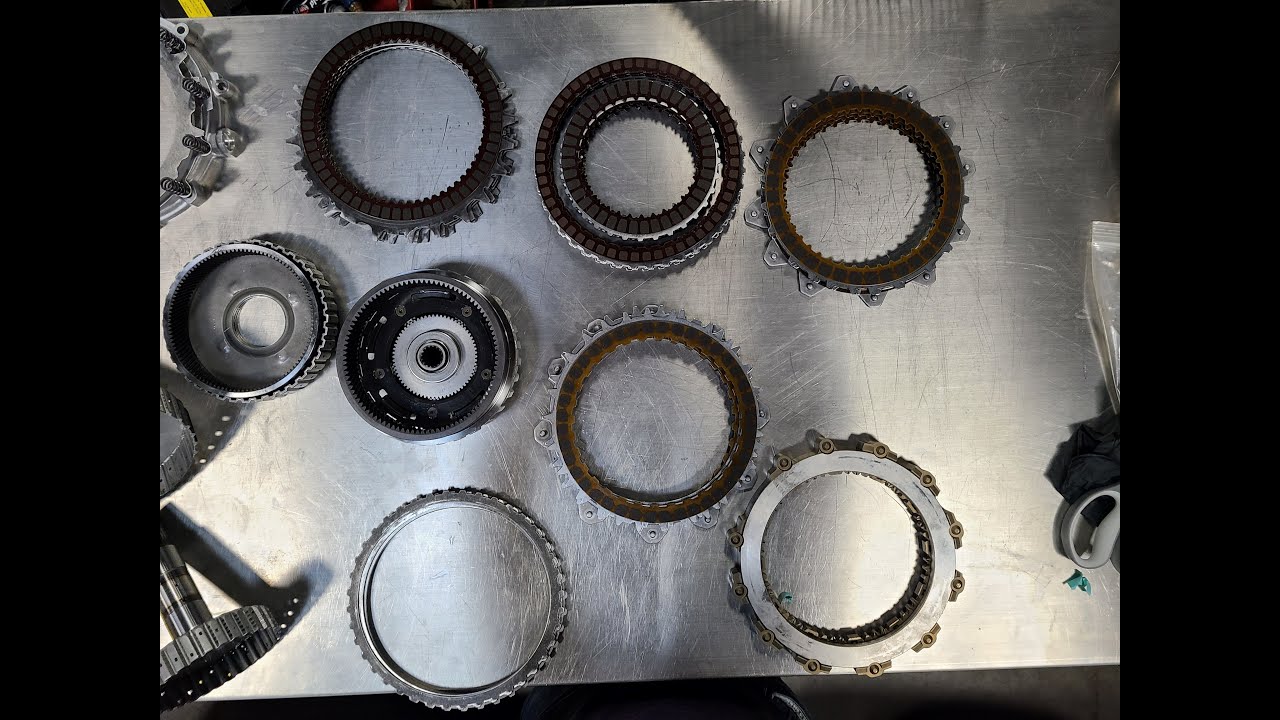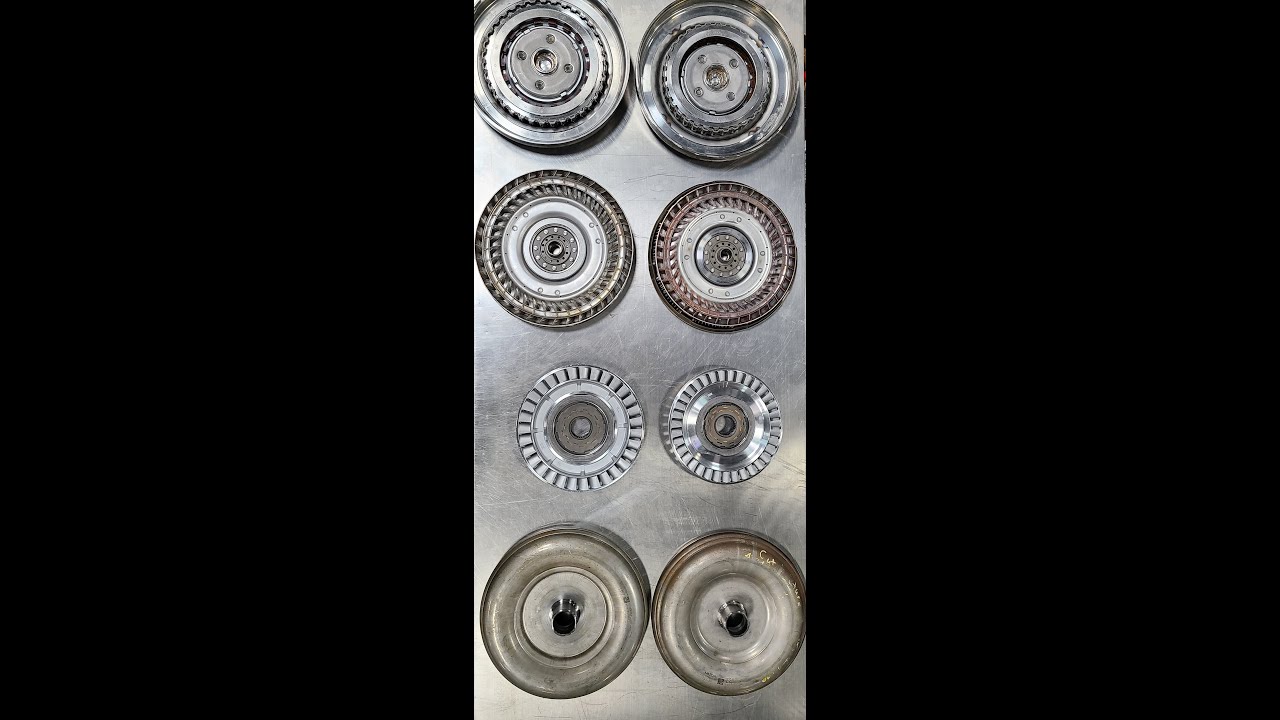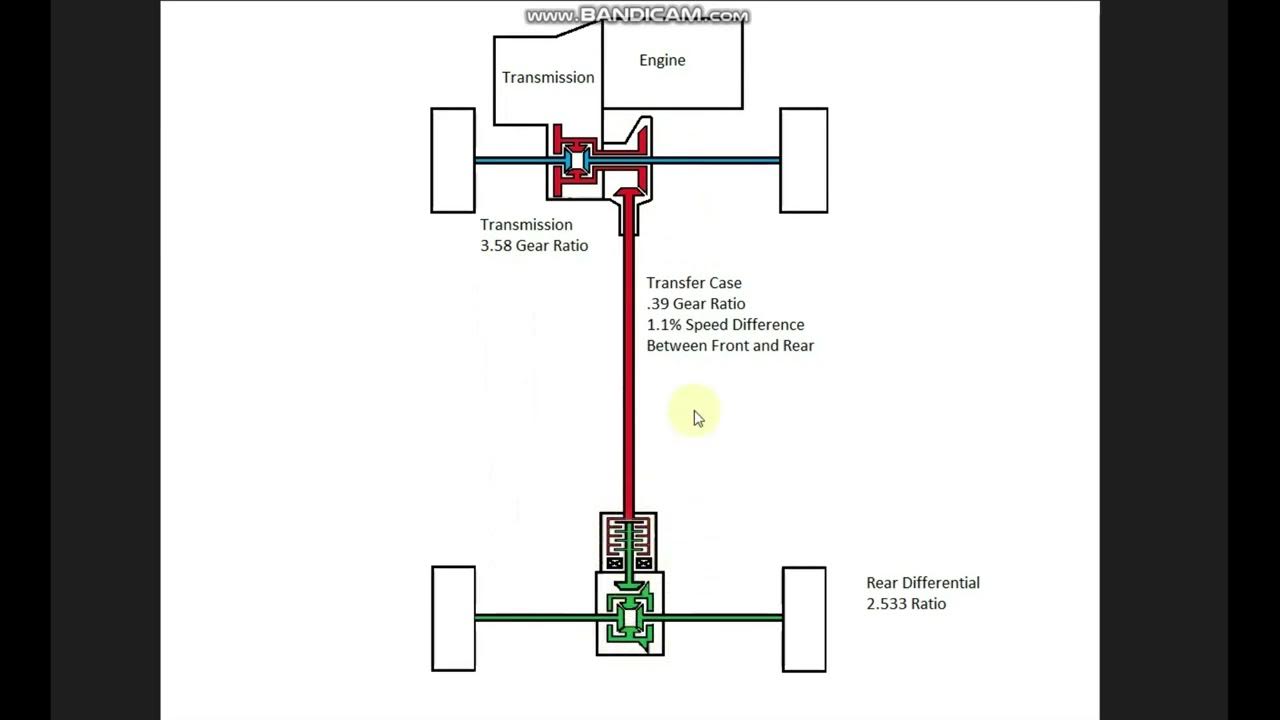This is the first video in a technical series I'm putting together on the Skyactiv Drive transmissions. The transmission in the video is from a FWD CX-9 and is the one used in all the factory turbo cars and 2.2 diesels. Mazda calls it a GW6A-EL and the CX-5, 9 and Mazda 6 Turbo use this specific version. The Turbo 3, CX-30 and CX-50 use a slightly different version that has a case shape in the rear to allow it to fit in the smaller chassis. The important parts are all the same. This video is longer and much more in depth than some of my other ones, I go through each clutch set, planetary gear set and how they interact with each other to create power-flow through the transmission. I do not have the torque converter apart in this video as it is currently at one of my vendors getting measured and specced out for higher horsepower applications. I'll have a separate video coming up showing it's internals vs the smaller version of the Skyactiv Drive as well as another video directly comparing the internals of the smaller transmission to the larger version.

 www.youtube.com
www.youtube.com

Skyactiv Drive Powerflow/Clutches/Planetary
In this video I've disassembled a Mazda GW6A-EL out of a CX-9. I show the clutch sets, planetaries how they interact to make the gear ratios. #mazda #mazda3t...


